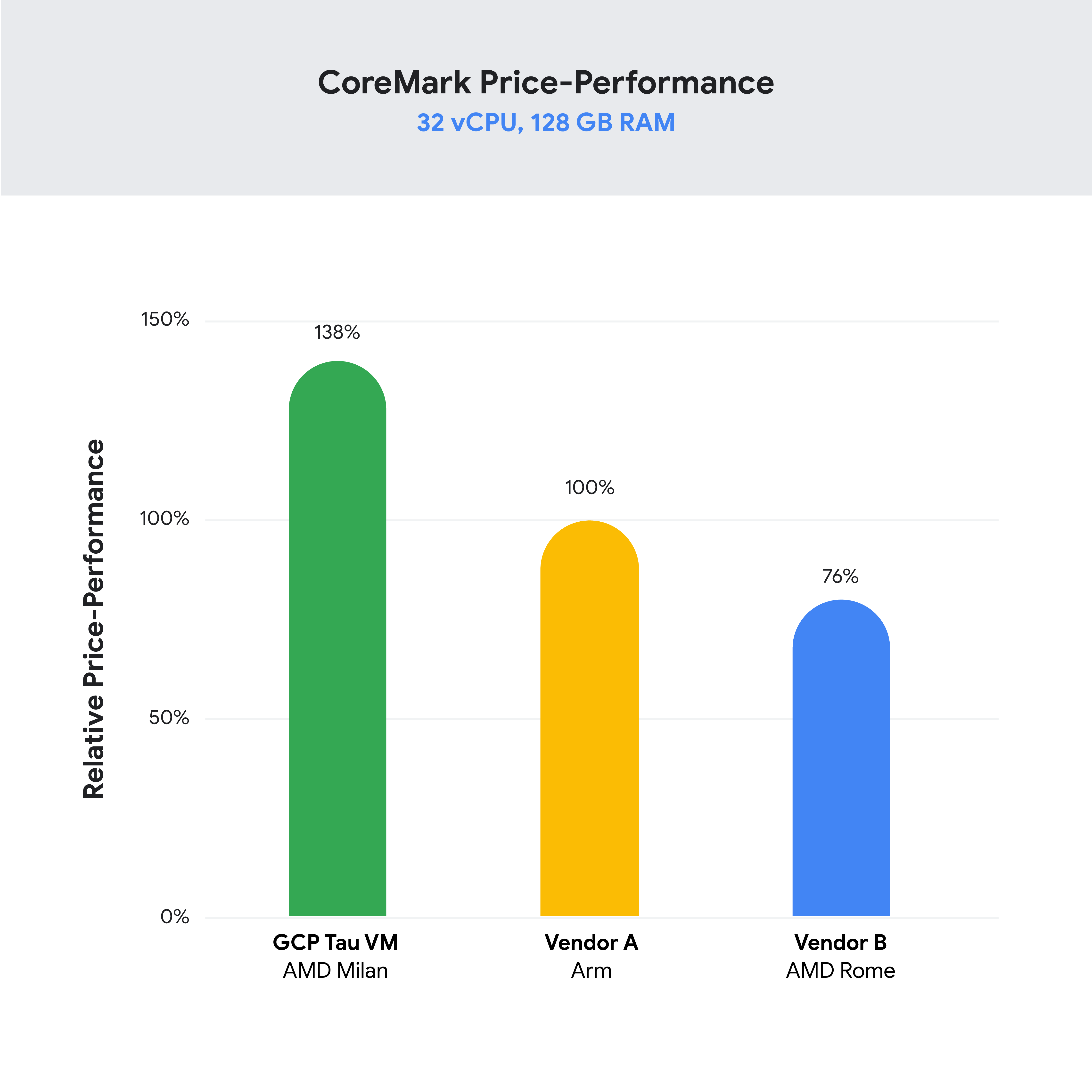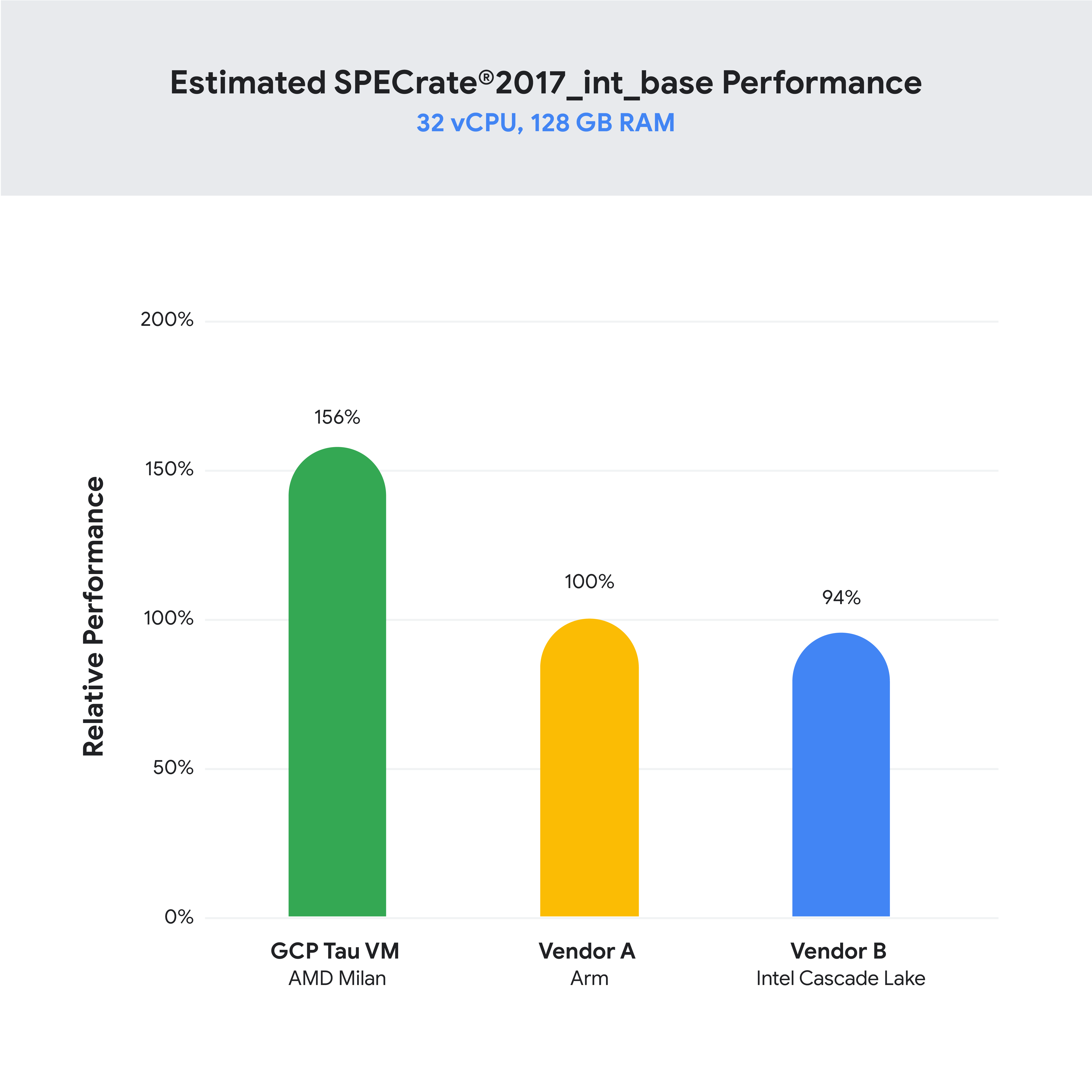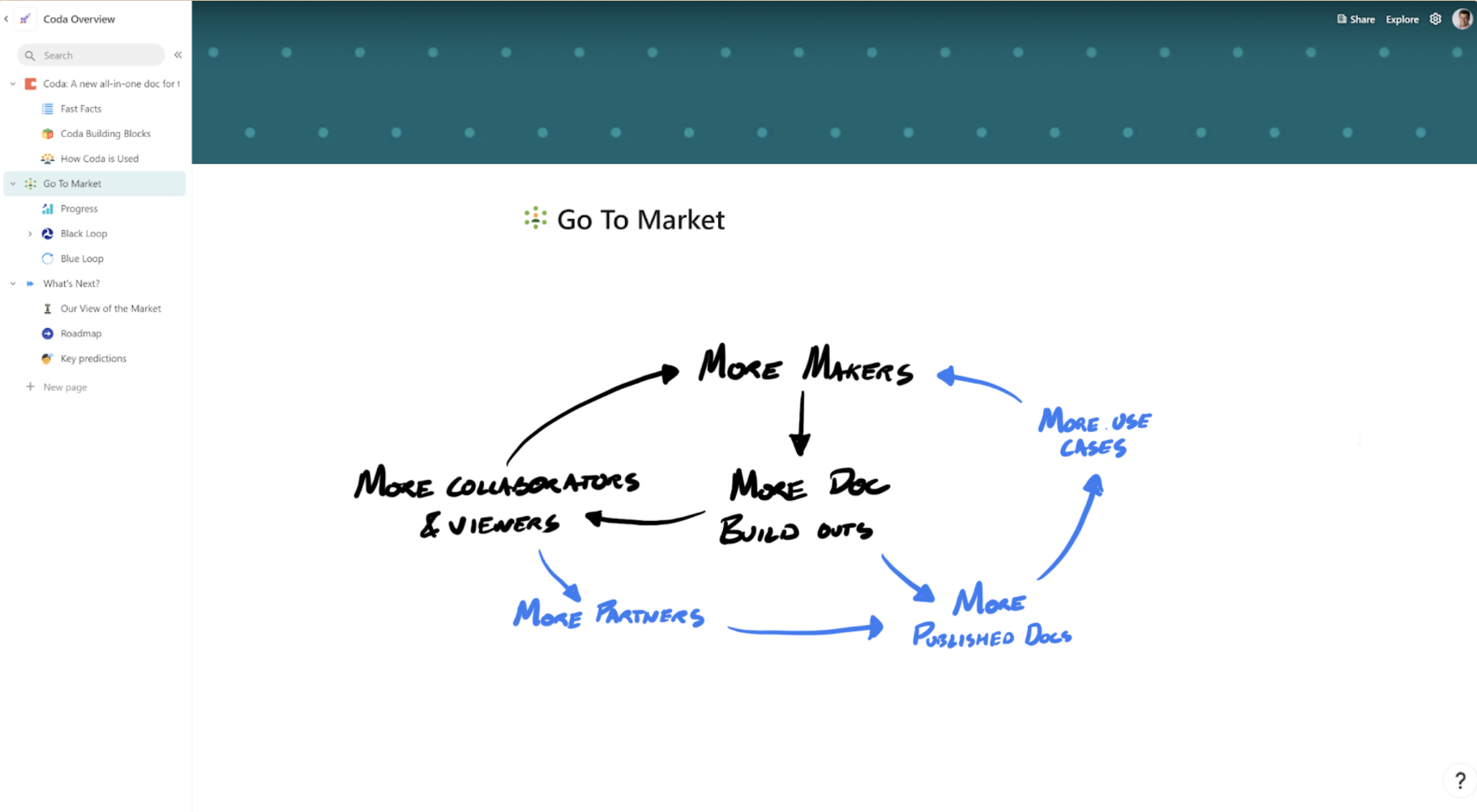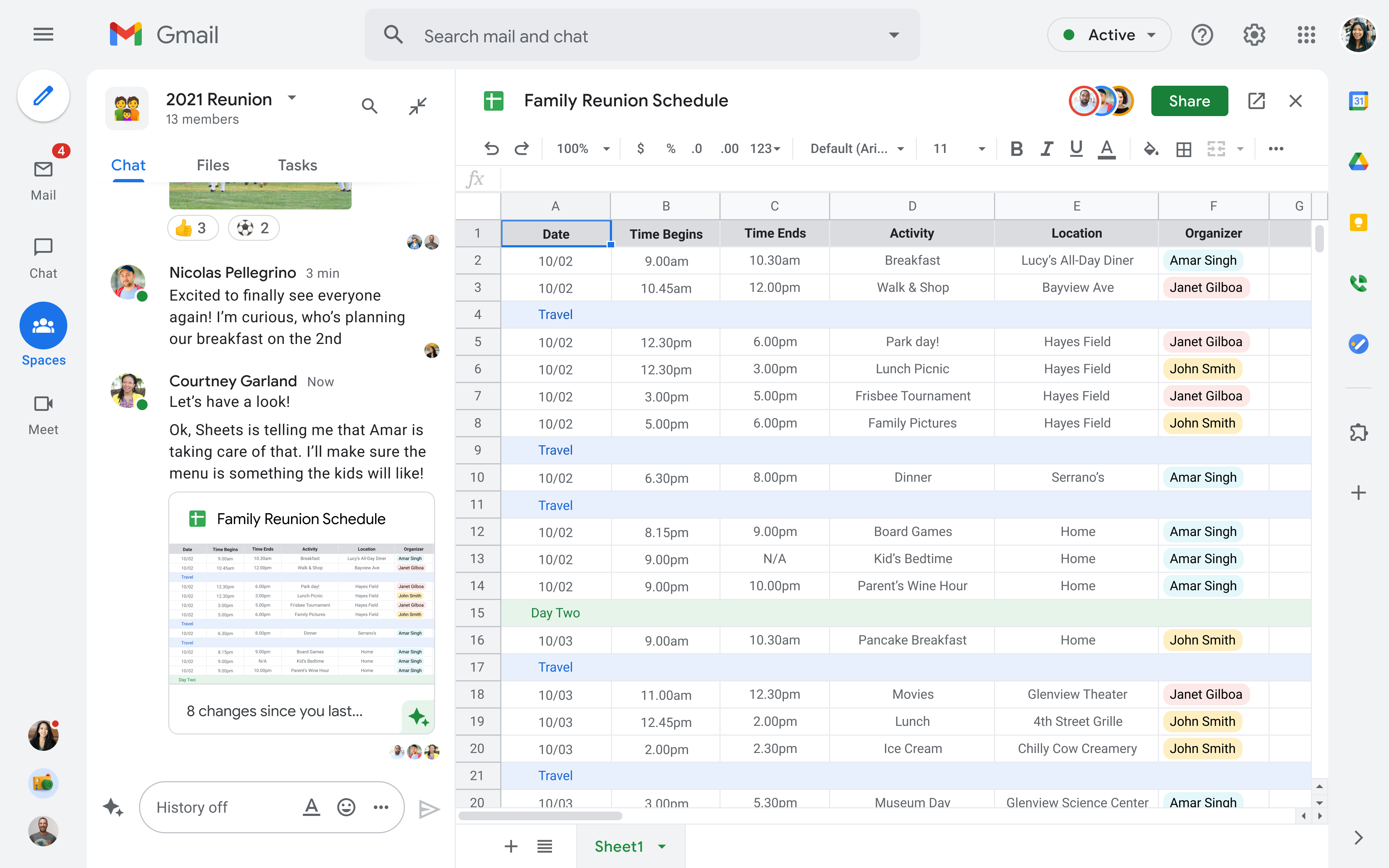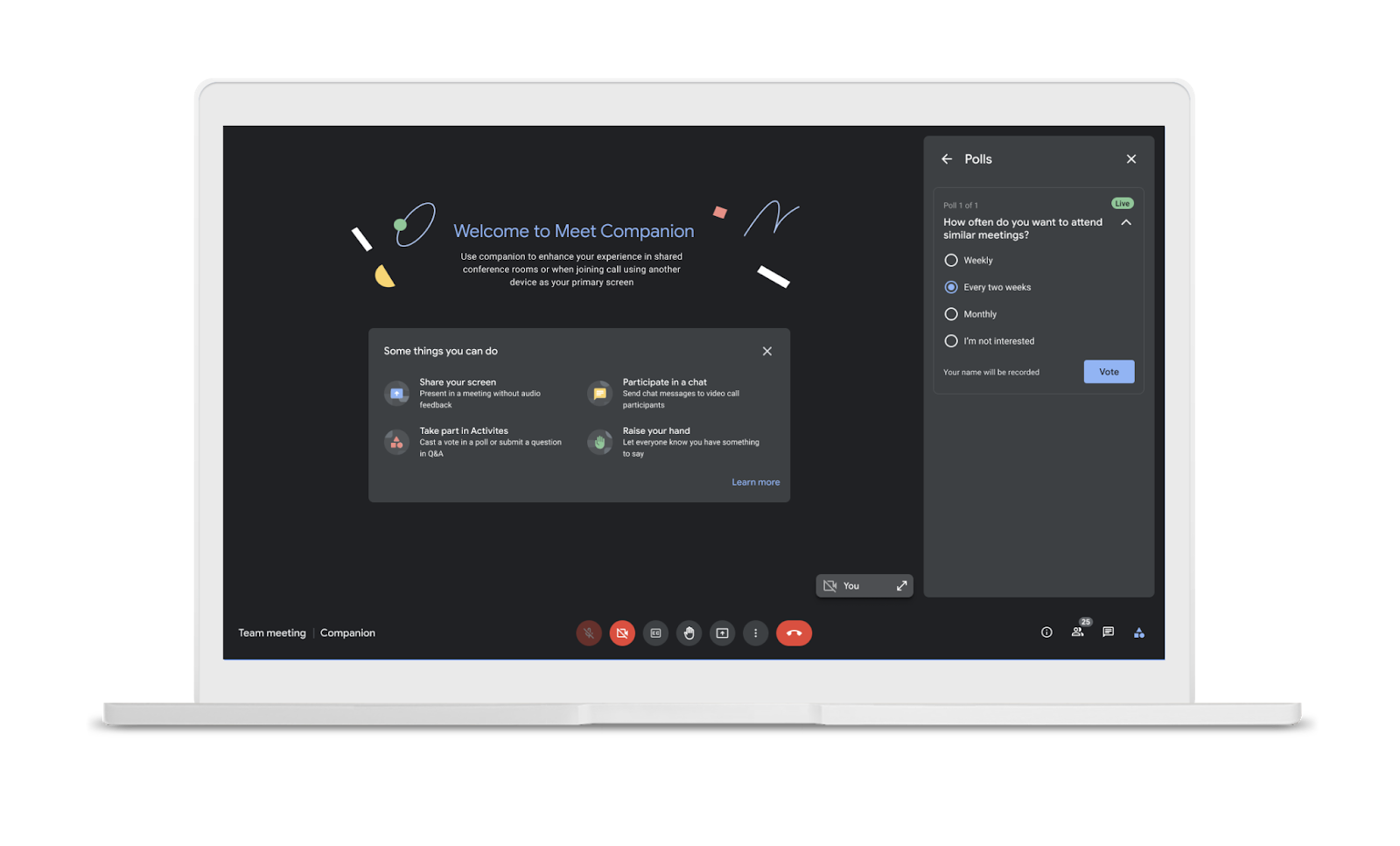Beamery raises $138M at an $800M valuation for its ‘operating system for recruitment’
Online job listings were one of the first things to catch on in the first generation of the internet. But that has, ironically, also meant that some of the most-used digital recruitment services around today are also some of the least evolved in terms of tapping into all of the developments that tech has to offer, leaving the door open for some disruption. Today, one of the startups doing just that is announcing a big round of funding to double down on its growth so far.
Beamery, which has built what it describes as a “talent operating system” — a way to manage sourcing, hiring and retaining of people, plus analyzing the bigger talent picture for an organization, a “talent graph” as Beamery calls it, in an all-in-one, end-to-end service — has raised $138 million, money that it plans to use to continue building out more technology, as well as growing its business, which has been expanding quickly and saw 337% revenue growth year over year in Q4.
The Ontario Teachers’ Pension Plan Board (Ontario Teachers’), a prolific tech investor, is leading the round by way of its Teachers’ Innovation Platform (TIP). Other participants in this Series C include several strategic backers who are also using Beamery: Accenture Ventures, EQT Ventures, Index Ventures, M12 (Microsoft’s venture arm) and Workday Ventures (the venture arm of the HR software giant).
Abakar Saidov, co-founder and CEO at London-based Beamery, told TechCrunch in an interview that it is not disclosing valuation, but sources in the know say it’s in the region of $800 million.
The round is coming on the heels of a very strong year for the company.
The “normal” way of doing things in the working world was massively upended with the rise of COVID-19 in early 2020, and within that, recruitment was among one of the most impacted areas. Not only were people applying and interviewing for jobs completely remotely, but in many cases they were getting hired, onboarded and engaged into new jobs without a single face-to-face interaction with a recruiter, manager or colleague.
And that’s before you consider the new set of constraints that HR teams were under in many places: variously, we saw hiring freezes, furloughs, layoffs and budget cuts (often more than one of these per business), and yet work still needed to get done.
All that really paved the way for platforms like Beamery’s — designed not only to be remote-friendly software-as-a-service running in the cloud, but to handle the whole recruiting and talent management process from a single place — to pick up new customers and prove its role as an updated, more user-friendly approach to the task of sourcing and placing talent.
“Traditional HR is very admin-heavy, and when you add in payroll and benefits, the systems that exist are very siloed,” said Saidov in the interview. “The innovation for us has been to move out of that construct and into something that is human, and has a human touch. From a data perspective, we’re creating the underlying system of record for all of the people touching a business. So when you build on top of that, everything looks like a consumer application.”
In the last 12 months, the company said that customers — which are in the area of large enterprises and include COVID vaccine maker AstraZeneca, Autodesk, Nasdaq, several major tech giants and strategic investor Workday — filled 1 million roles through its platform, a figure that includes not just sourcing and placing candidates from outside of an organization’s walls, but also filling roles internally.
The work that Beamery is doing is definitely helping the business not just pull its weight — its last round was a much more modest $28 million, which was raised way back in 2018 — but grow and invest in new services.
The company said it had a year-on-year increase of 462% in jobs posted across its customer base. A year before that (which would have extended into pre-pandemic 2019), the number of candidates pipelined increased by a mere 46%, pointing to acceleration.
Beamery today already offers a pretty wide range of different services.
They include tools to source candidates. This can be done organically by creating your own job boards to be found by anyone curious enough to look, and by leveraging other job boards on other platforms like LinkedIn, the Microsoft-owned professional networking platform that counts “Talent Solutions” — i.e. recruitment — as one of its primary business lines. (Recall Microsoft is one of Beamery’s backers.) It also provides tools to create and manage online recruitment events.
Beamery also offers tools to help people get the word out about a role, with a service akin to programmatic advertising (similar to ZipRecruiter) to populate other job boards, or run more targeted executive recruitment searches. It also provides a way for HR teams to create internal recruitment processes, and also run surveys with existing teams to get a better picture of the state of play.
And it has some analytics tools in place to measure how well recruitment drives, retention and other metrics are evolving to help plan what to do in the future.
The big question for me now is how and if Beamery will bring more into that universe. There have been some interesting startups emerging in the wider world of talent IT (if we could call it that) that could be interesting complements to what Beamery already has, or provide a roadmap for what it might try to build itself.
It includes much more extensive work on internal job boards (such as what Gloat has built); digging much deeper into building accurate pictures of who is at the company and what they do (see: ChartHop); or the many services that are building ways of sourcing and connecting with contractors, which are a huge, and growing, part of the talent equation for companies (see: Turing, Remote, Deel, Papaya Global, Lattice, Factorial and many others).
Beamery already includes contractors alongside full- and part-time roles that can be filled using its platform, but when it comes to managing those contractors, that’s something that Beamery does not do itself, so that could be one area where it might grow, too.
“The key reason enterprises work with us it to consolidate a bunch of workflows,” Saidov said. “HR hates having different systems and everything becomes easier when things interoperate well.” Employing contractors typically involves three elements: sourcing, management and scheduling, so Beamery will likely approach how it grows in that area by determining which piece might be “super core” the centralization of more data, he added.
Another two likely areas he hinted are on Beamery’s roadmap are assessments — that is, providing tools to recruiters who want to measure the skills of applicants for jobs (another startup-heavy area today) — and tools to help recruiters do their jobs better, whether that involves more native communications tools in video and messaging, as well as Gong-like coaching to help them measure and improve screening and interviewing.
It might also consider developing a version for smaller businesses to use.
Questions investors are happy to see considered, it seems, as they invest in what looks like a winner in the bigger race. TIP’s other investments have included ComplyAdvantage, Epic Games, Graphcore, KRY and SpaceX, a long run in a wide field.
“Leading companies worldwide are prioritising recruitment and retention. They are turning to Beamery for a best-in-class talent solution that can be seamlessly integrated with their business,” said Maggie Fanari, MD for TIP in Emea. “Beamery’s best-in-class approach is already recognized by top-tier companies. I’m excited by the company’s vision of to use technology to support long-term talent growth and build better businesses. Beamery is the first company to bring predictive marketing and data science into recruitment. They are a truly innovative company, building a vision that can shape the future of work — the company fits all the criteria we look for in a TIP investment and more.”
![]()

